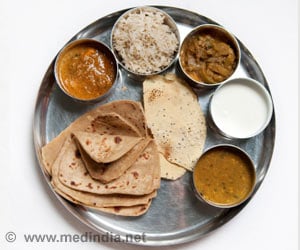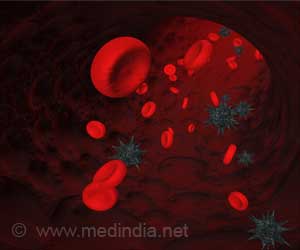With one of the highest percentages of undernourished children in the world, the situation in India is abysmal, states a new World Bank report released Thursday
With one of the highest percentages of undernourished children in the world, the situation in India is abysmal, states a new World Bank report released Thursday.
"India's Integrated Child Development Services (ICDS) needs to undergo significant changes to address the current malnutrition crisis," states the report "India's Undernourished Children: a Call for Reform and Action".The prevalence of underweight children in India is among the highest in the world, and is nearly double that of Sub-Saharan Africa, the report says.
In its assessment of what ails India's efforts the report admits: "India's primary policy response to child malnutrition, the Integrated Child Development Services (ICDS) programme, is well-conceived and well-placed to address the major causes of child under-nutrition."
"However, more attention has been given to increasing the coverage than to improving the quality of service delivery and to distributing food rather than changing family-based feeding and caring behaviour. This has resulted in limited impact."
India's efforts to reduce the prevalence of malnutrition over the last decade have been small - the prevalence of underweight has only fallen from 53 percent to 47 percent between 1992-93 and 1998-99.
"The need to re-examine the functioning of ICDS is an urgent one," said Meera Shekar, World Bank senior nutrition specialist and co-author of the report.
Advertisement
In addition to its consequences for morbidity, mortality and cognitive development, malnutrition of this magnitude has severe long-term impact for individual educational achievement, labour productivity and for economic growth.
Advertisement
Overall, child malnutrition is a risk factor for 22.4 percent of India's total burden of disease.
The report points out that in India, child malnutrition is mostly the result of high levels of exposure to infection and inappropriate infant and young child feeding and caring practices, and has its origins almost entirely during the first two to three years of life.
According to it, malnutrition in India is a concentrated phenomenon. A relatively small number of states, districts and villages account for a large share of the burden.
"Bridging the gap between the policy intentions of ICDS and its actual implementation is one of the biggest challenges in international nutrition, with large fiscal and institutional implications," said Michele Gragnolati, World Bank senior economist and lead author of the report.
"But it can have a huge positive long-term impact on human development and economic growth in India."
--Edited IANS








